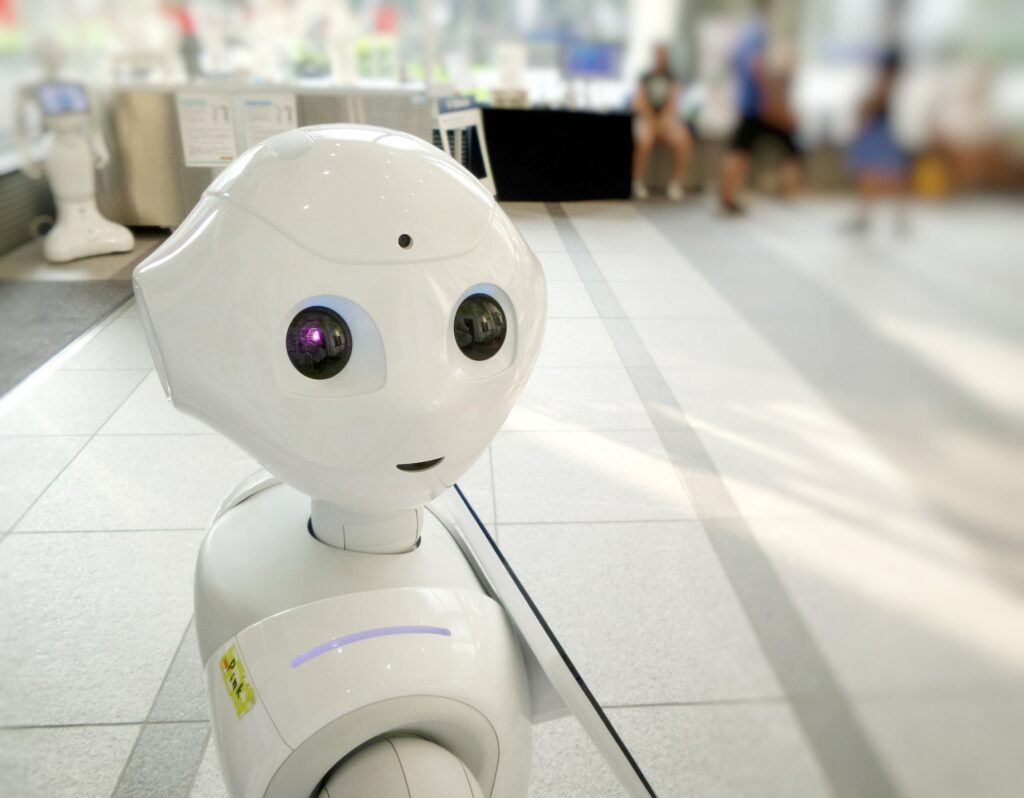The world of logistics and e-commerce is undergoing a significant transformation with the advent of indoor delivery robots. These compact, intelligent machines are becoming a game-changer in the way products are transported and delivered within indoor spaces such as offices, hospitals, hotels, and even homes. In this article, we will delve into the exciting world of indoor delivery robots, exploring their technology, applications, benefits, and the potential they hold for the future of last-mile delivery.
The Technology Behind Indoor Delivery Robots
Indoor delivery robots are typically autonomous machines equipped with a range of sophisticated sensors, cameras, and artificial intelligence (AI) algorithms. These robots use this technology to navigate through indoor environments, avoid obstacles, and deliver items with precision. Key features of these robots include:
- Mapping and Navigation: Indoor delivery robots create and constantly update detailed maps of their environment, allowing them to autonomously move from point to point. They use sensors like LIDAR and cameras to identify obstacles and plan their routes accordingly.
- Object Recognition: These robots employ computer vision to identify and interact with objects and individuals in their vicinity. This is vital for safely delivering items and avoiding collisions.
- Human Interaction: Some indoor delivery robots are designed to engage with humans through natural language processing (NLP). They can provide instructions, answer questions, and offer a human-like interaction experience.
Applications of Indoor Delivery Robots
The applications of indoor delivery robots are diverse and expanding rapidly. Here are some of the most notable uses:
- Office Environments: Indoor delivery robots are increasingly used in corporate settings to transport documents, packages, and even snacks between departments. They free up employees from routine delivery tasks, allowing them to focus on more valuable work.
- Healthcare Facilities: Hospitals and clinics utilize these robots to deliver medicines, medical supplies, and even meals to patients and staff. This reduces the risk of infection transmission and improves operational efficiency.
- Hospitality Industry: In hotels and resorts, indoor delivery robots are employed to deliver room service orders, towels, and amenities to guest rooms, enhancing the guest experience and reducing the workload of staff.
- Retail Stores: Some retail stores are testing indoor delivery robots to provide a more convenient shopping experience. These robots can fetch items for customers and bring them to a designated pick-up point.
- Residential Use: In smart homes, indoor delivery robots are gaining popularity for receiving and delivering packages, groceries, and other items. They offer an innovative solution for secure, contactless deliveries.
Benefits of Indoor Delivery Robots
The adoption of indoor delivery robots is driven by several key benefits:
- Efficiency: Robots operate 24/7 and do not require breaks or holidays, resulting in faster and more consistent delivery services.
- Cost-Effective: Over time, these robots can be more cost-effective than human labor, as they do not require salaries, benefits, or overtime pay.
- Safety: Indoor delivery robots can enhance safety by reducing human contact in high-risk environments, such as hospitals during a pandemic.
- Precision: These robots are programmed to be incredibly precise, reducing the likelihood of errors in delivery.
- Convenience: For both businesses and customers, indoor delivery robots offer unmatched convenience. Deliveries can be scheduled, tracked, and completed with minimal effort.
The Future of Indoor Delivery Robots
The future of indoor delivery robots is bright and promising. As technology advances, we can expect to see even more sophisticated and capable robots. Some of the potential developments include:
- Greater Autonomy: Enhanced artificial intelligence and advanced sensors will make indoor delivery robots more capable of navigating complex indoor spaces.
- Wider Adoption: As businesses and industries witness the benefits of these robots, their adoption will likely become more widespread across various sectors.
- Customization: Companies may invest in custom-built robots to suit their unique requirements, such as specific cargo sizes and environmental challenges.
- Improved Sustainability: Future robots could be designed with sustainability in mind, utilizing cleaner energy sources and recyclable materials.
Indoor delivery robots are revolutionizing the way we think about last-mile logistics. Their combination of advanced technology, versatility, and efficiency makes them a compelling choice for businesses and institutions looking to streamline their operations and improve customer service. As these robots continue to evolve and their applications expand, we can look forward to a future where indoor delivery is not only faster and more reliable but also more convenient and safe than ever before.
